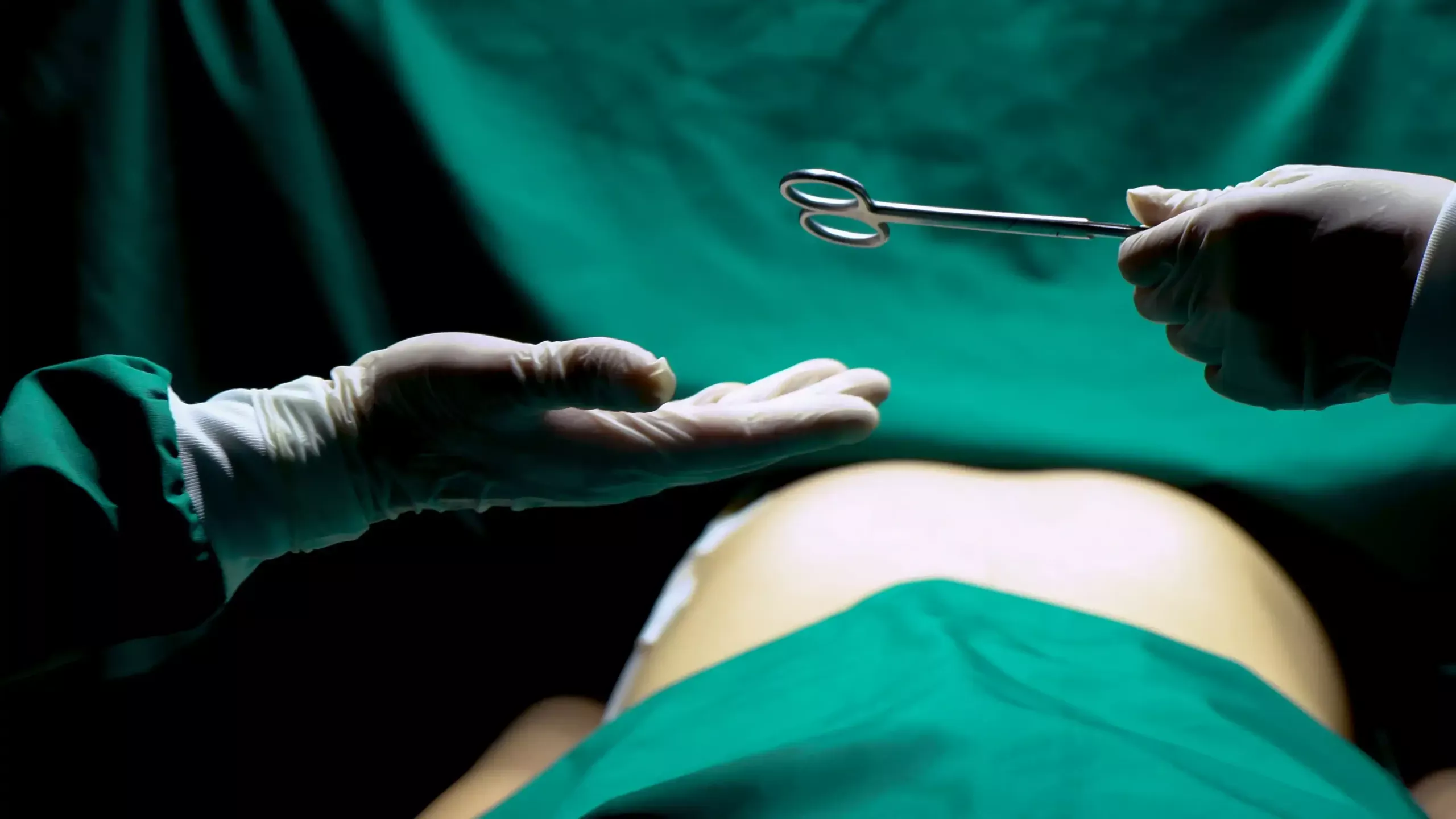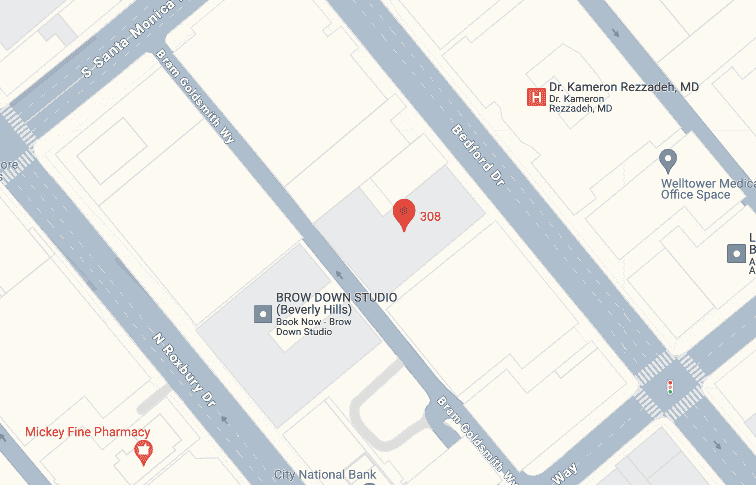Pilonidal cyst excision surgery marks the beginning of a patient’s journey toward relief from the discomfort and pain caused by this condition. Following this procedure, the question of resuming physical activities, including workouts, looms large in the minds of many. Understanding the nuances of post-surgical care and listening keenly to medical advice is pivotal in ensuring a smooth recovery and a successful return to exercise.
Pilonidal Sinus Surgery
Hair and debris can gather in the pilonidal sinus, a tiny hole or tunnel in the skin at the top of the buttocks that can lead to infection and discomfort. For the sinus to be removed and the healing process to be sped up, surgery is frequently required. Although the sort of surgery used differs from case to case, wound care and avoiding activities that could put strain on the healing area are typically part of the recovery process.
Consult Your Healthcare Provider
It’s important to speak with your healthcare provider—ideally the surgeon who conducted the surgery—before beginning any kind of physical exercise after the procedure. Depending on the intricacy of the procedure, your general health, and the state of your recuperation, they will offer you individualized advice.
Understanding Your Body’s Signals
It’s important to pay attention to your body during the healing process. Anxiety, pain, or edema around the surgical site indicate that your body requires extra time to recuperate. Respecting these indications is crucial, as is avoiding any behaviors that make the symptoms worse.
Start Slowly and Gradually
If your physician approves of physical exercise, it’s crucial to begin cautiously and gradually. Start with easy exercises like stretching or walking. Observe closely how your body reacts. Stop right away if you feel any pain or discomfort so that your body has more time to heal.
Avoid Straining Movements
Steer clear of exercises that strain your buttocks and lower back. Exercises that require bending or twisting at the waist, such as weightlifting, jogging, leaping, or any other physical activity, should be completely avoided in the early stages of recuperation. These motions may put undue strain on the surgical site and impede the recovery process.
Hygiene and Wound Care
After surgery to remove the pilonidal sinus, cleanliness is crucial. Make sure the area around the wound is kept dry and clean. Showering is typically acceptable, but it’s important to carefully pat the skin dry afterward. To prevent infections, wait until the wound is completely healed before swimming in public pools or hot tubs.
Stay Hydrated and Maintain a Healthy Diet
Proper hydration and a well-balanced diet are important components of the healing process. Eat foods high in nutrients to strengthen your immune system and help heal tissue. Staying hydrated is important for overall health and the healing process, so drink plenty of water.
How severe is pilonidal sinus surgery?
Despite being seen as a common procedure, pileonidal sinus surgery can have varying degrees of severity depending on the type of surgery and the severity of the condition. The size and depth of the sinus, the presence of an infection, and whether the condition is primary or recurrent are all elements that can affect how serious the surgery will be.
1. Primary vs. Recurrent Cases:
Primary Cases: When a patient has a pilonidal sinus for the first time, the procedure usually entails cutting out the sinus, extracting ingrown hairs, and making sure the surrounding tissue is clear of debris. Primary procedures are frequently less difficult.
Recurrent Cases: More involved surgery may be required if the pilonidal sinus recurs. The possibility of numerous sinus formation, chronic infection, and scar tissue from prior procedures could make the procedure more difficult. In recurring cases, reconstructive treatments may be required, increasing the complexity of the surgery and possibly necessitating a longer recovery period.
2. Extent of the Sinus:
Simple Sinuses: A more rapid recovery may result from a relatively little excision after surgery if the sinus is small and superficial.
Complex Sinuses: More extensive surgery is necessary for larger, deeper sinuses. In certain situations, the surgeon may have to remove a substantial quantity of tissue in order to guarantee total sinus excision, which may lead to a more difficult and drawn-out healing phase.
3. Presence of Infection:
Uninfected Sinuses: Uninfected sinus surgery is typically a simple outpatient procedure. The goal is to eliminate the sinus and encourage the healing of wounds.
Infected Sinuses: If the sinus is infected, surgical procedures may include extracting the infected tissue, draining the abscess, and thoroughly cleaning the affected area. In these situations, the requirement to control the infection makes the surgery more difficult and may lengthen the recovery time.
4. Type of Surgical Procedure:
Open Excision: Using this technique, the sinus is removed by the surgeon making an incision, after which the wound is left open to heal spontaneously. This approach can cause the scar to become more obvious and the healing process to take longer.
Closed Excision with Flap Closure: This method entails using sutures or a skin flap to seal the wound. It may be utilized in more severe cases, resulting in a comparably more intense surgery, but it leaves a neater scar and may speed healing.
How do you sleep after pilonidal sinus surgery?
After pilonidal sinus surgery, finding a comfortable resting posture is critical to a speedy recovery. The following advice will help you sleep better and aid in the healing process:
1. Elevate Your Upper Body:
You can lessen discomfort and pressure on the surgery site by supporting yourself with pillows. Pillows beneath your shoulders and upper back will help you attain this elevation and maintain a semi-upright posture.
2. Use a Donut Pillow or Cushion:
When sitting or lying down, donut-shaped pillows or cushions with a hole in the middle can assist in relieving pressure on the surgical area. To prevent coming into contact with the wound directly, place the pillow beneath your hips.
3. Avoid Sleeping on Your Back:
Sleeping on your back shortly after surgery may cause discomfort because of pressure on the surgical site. Try putting cushions under your knees if you want to sleep on your back to ease the strain on your buttocks and lower back.
5. Take Pain Medication Before Bed:
Take whatever painkillers your surgeon has recommended as directed before going to bed. By managing your pain, you’ll be able to discover a sleeping posture that suits you better.
Pilonidal Experts – Your Path to a Pain-Free Life
At Pilonidal Experts, we understand the physical and emotional challenges that come with pilonidal cysts. Our dedicated team of experienced surgeons and healthcare professionals is committed to providing you with the most advanced and compassionate care during your pilonidal cyst excision surgery.
Don’t let pilonidal cysts control your life any longer. Take charge of your health and well-being by scheduling a consultation with Pilonidal Experts today.








